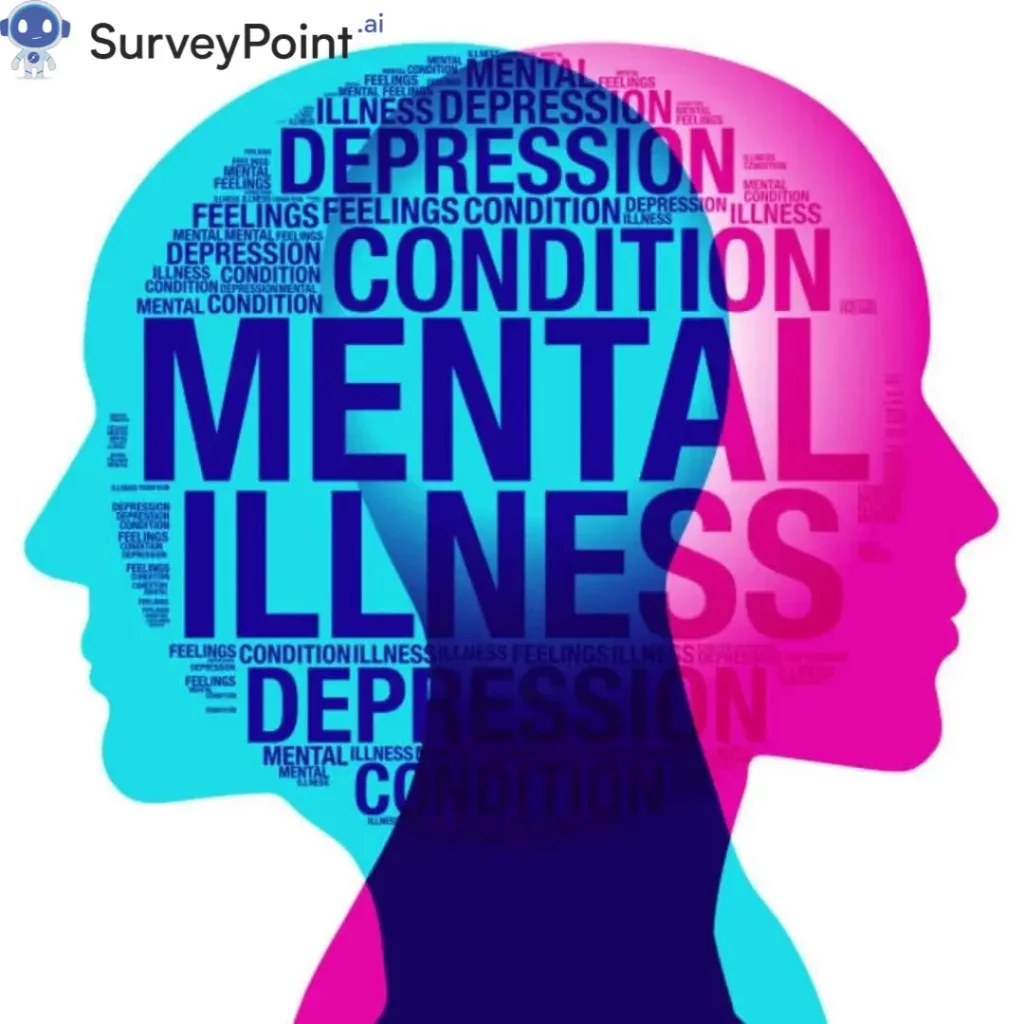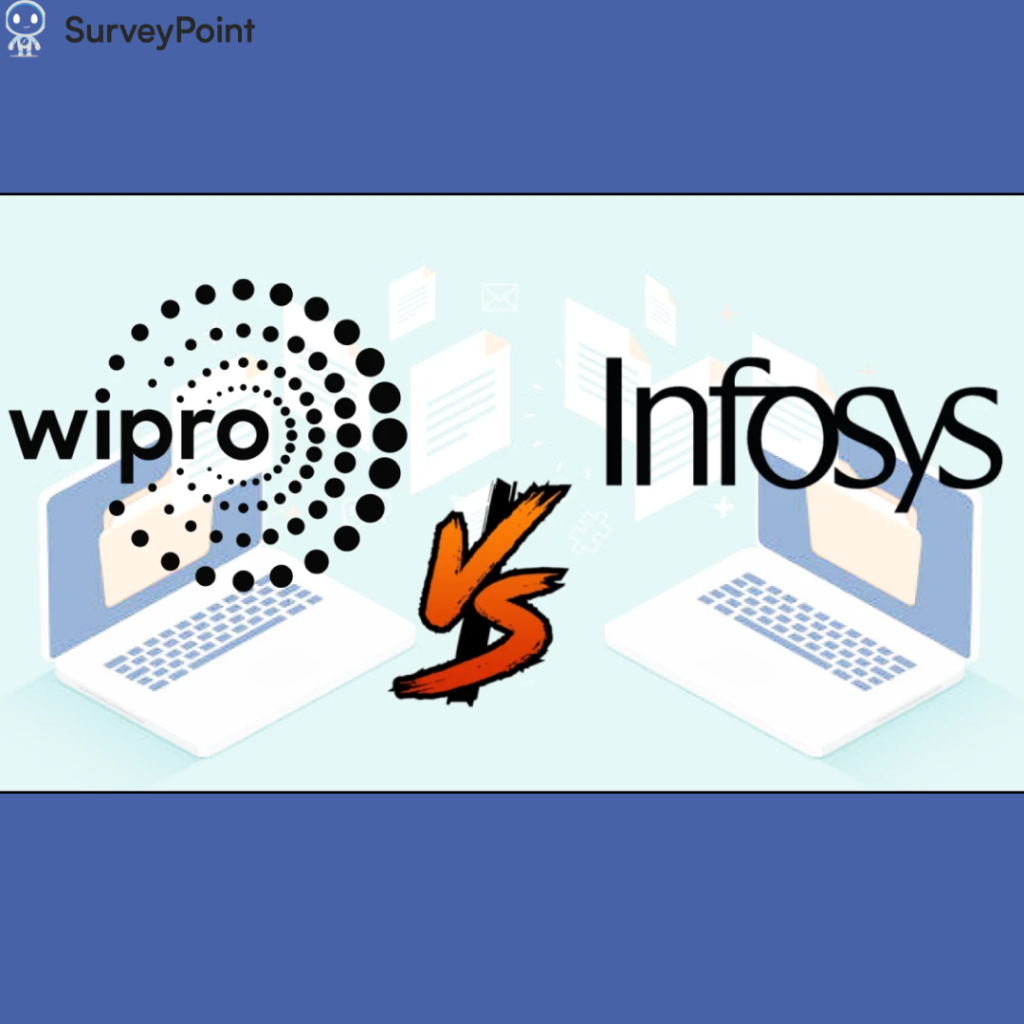
In today’s fast-paced digital world, our relationship with technology plays a significant role in shaping our mental well-being. From social media and smartphones to remote work and virtual interactions, technology has become deeply intertwined with our daily lives, presenting both opportunities and challenges for mental health. As this topic gains increasing attention, it’s essential to explore the impact of technology on mental wellness and identify strategies for fostering a healthy balance in the digital age.
The Digital Landscape of Mental Health
With the proliferation of mental health apps, online therapy platforms, and digital support communities, technology has democratized access to mental health resources and support. Individuals can now seek guidance, connect with peers, and access therapy from the comfort of their own homes, breaking down barriers to care and destigmatizing conversations about mental health.
The Influence of Social Media
While social media platforms offer opportunities for connection and self-expression, they also present risks to mental well-being. The constant pressure to curate a perfect online persona, compare oneself to others, and seek validation through likes and comments can contribute to feelings of inadequacy, loneliness, and anxiety. Moreover, the algorithmic design of social media feeds can foster addictive behaviors and exacerbate negative emotions.
Digital Detox and Mindful Technology Use
In response to the potential pitfalls of excessive screen time and digital overload, many individuals are embracing the concept of digital detoxes and practicing mindful technology use. Setting boundaries around device usage, taking regular breaks from screens, and engaging in offline activities such as mindfulness meditation, outdoor recreation, and creative pursuits can help restore balance and promote mental well-being.
Remote Work and Burnout
The widespread adoption of remote work, accelerated by the COVID-19 pandemic, has blurred the boundaries between work and personal life, contributing to burnout and stress for many individuals. Without the physical separation of the office environment, employees may find it challenging to disconnect from work-related tasks and maintain a healthy work-life balance. Employers play a crucial role in supporting employee well-being by fostering a culture of flexibility, promoting digital wellness practices, and providing resources for managing stress and burnout.
Harnessing Technology for Positive Change
While technology poses challenges to mental health, it also holds immense potential for positive change. Innovations such as teletherapy, virtual reality exposure therapy, and artificial intelligence-driven mental health interventions are revolutionizing the way we approach mental wellness, offering personalized and accessible solutions to individuals around the globe. By harnessing the power of technology responsibly and ethically, we can leverage its capabilities to promote mental health, resilience, and flourishing in the digital age.
Conclusion: Finding Balance in the Digital Age
As we navigate the complexities of mental health in the digital age, it’s crucial to strike a balance between the benefits and challenges of technology. By fostering digital literacy, promoting mindful technology use, and prioritizing human connection and self-care, we can harness the transformative potential of technology while safeguarding our mental well-being. Together, let’s cultivate a digital landscape that nurtures mental health, fosters resilience, and empowers individuals to thrive in an increasingly connected world. For more information checkout- surveypoint.ai




